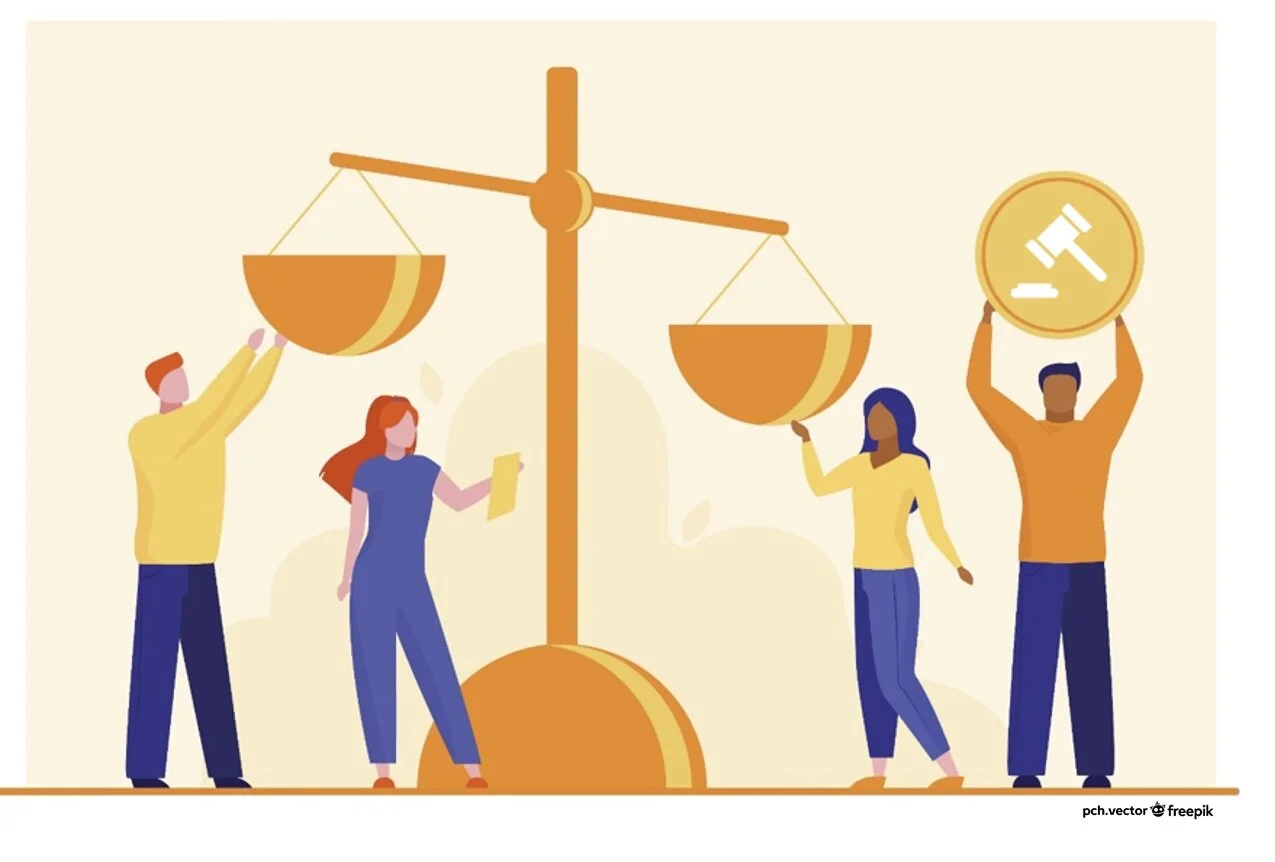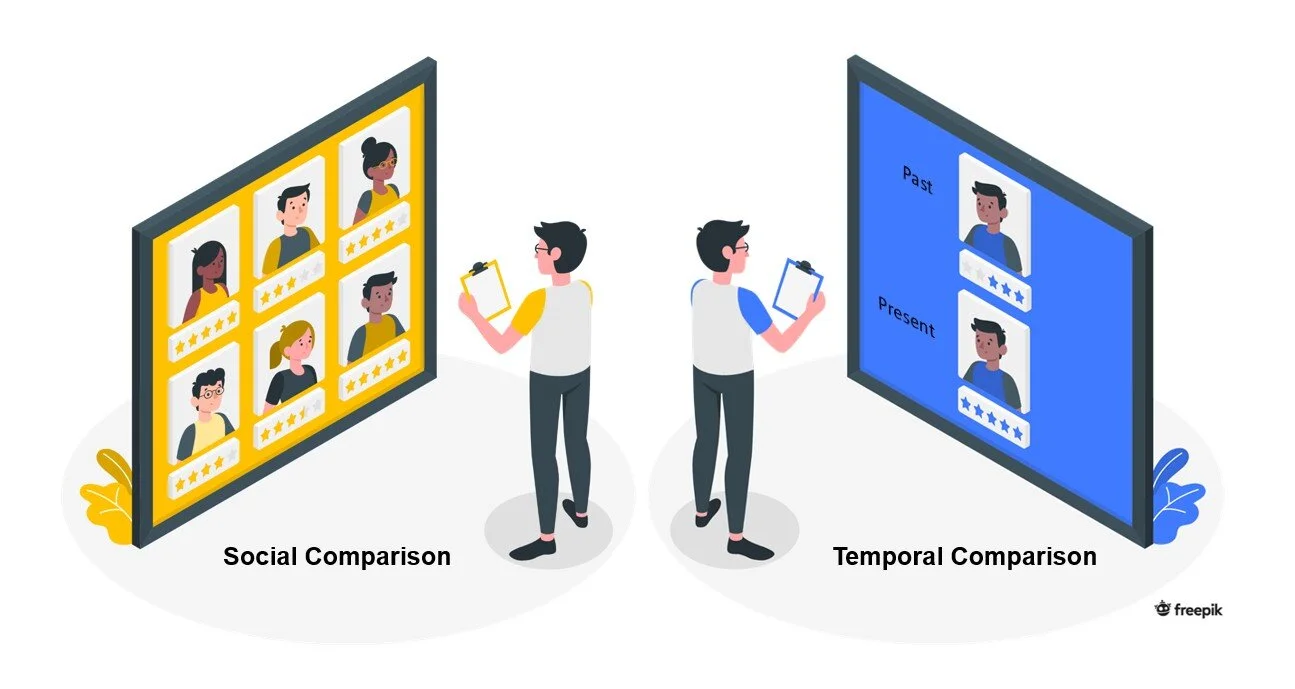Digest 14. Do you want to be perceived as fair in performance evaluation? Temporal comparison could be a solution!
Have you experienced being perceived as unfair after evaluating the performance of your collaborators? This may happen because people asses as fair or unfair the outcome of the evaluation (distributive fairness), the decision process associated with the evaluation (procedural fairness) or the communication of such evaluation (interactional fairness) (see Digest 2 for the different types of perceived fairness).
At the core of performance evaluations are comparisons between an individual’s performance and a basis or standard against which the performance is to be evaluated. These comparisons influence people’s thoughts, feelings, behaviors, and their perception of fairness.
Besides comparisons with absolute and abstract standards of performance, there are other ways to make comparisons in performance evaluations:
Temporal comparison, which is basically contrasting an employee’s current performance with their past performance (i.e., the person now vs. in the past).
Social comparison, which is assessing an employee’s performance against that of their peers (i.e., the person vs. others).
How do temporal vs. social comparisons influence perceptions of fairness?
To answer this question, using a mix of surveys and experiments, Chun, Brockner, and De Cremer (2018) have conducted four studies with American and Dutch participants and consistently found that regardless of how positive or negative the actual evaluations were, temporal comparison evaluations led to higher perceptions of procedural and interpersonal fairness relative to social comparison evaluations.
Based on their findings, using temporal comparisons gives individuals the sense that their evaluator has paid attention to the detailed information about their past and present performance. This results in employees considering the evaluation process as more accurate and unbiased. They feel like they are provided with an individualized treatment, which generally induces an employee to believe that he/she is being dealt with in a more dignified and respectful way. Hence, all of these equate higher levels of perceived procedural, interpersonal, and informational fairness.
Organizational implications
In addition to having clear and appropriate standards against which employee performance is to be evaluated, the following suggestions may help managers further improve their performance evaluations:
Ensure that temporal comparisons are included in the evaluations to increase the perception of fairness among employees in performance evaluations.
Treat employees in an individualized manner in performance management as well as other contexts as it will bring positive attitudes to the table. One way to do this is to recall episodes from past performance and appreciate the road travelled since then.
Use social comparisons in performance evaluations when outcomes such as salary increases and promotions are attached to it, so decisions are justified.
Use social comparisons when there is a need to trigger employees’ effort by their competitiveness.
——
Reference: Chun, J. S., Brockner, J., & De Cremer, D. (2018). How temporal and social comparisons in performance evaluation affect fairness perceptions. Organizational Behavior and Human Decision Processes, 145, 1–15. https://doi.org/10.1016/j.obhdp.2018.01.003


